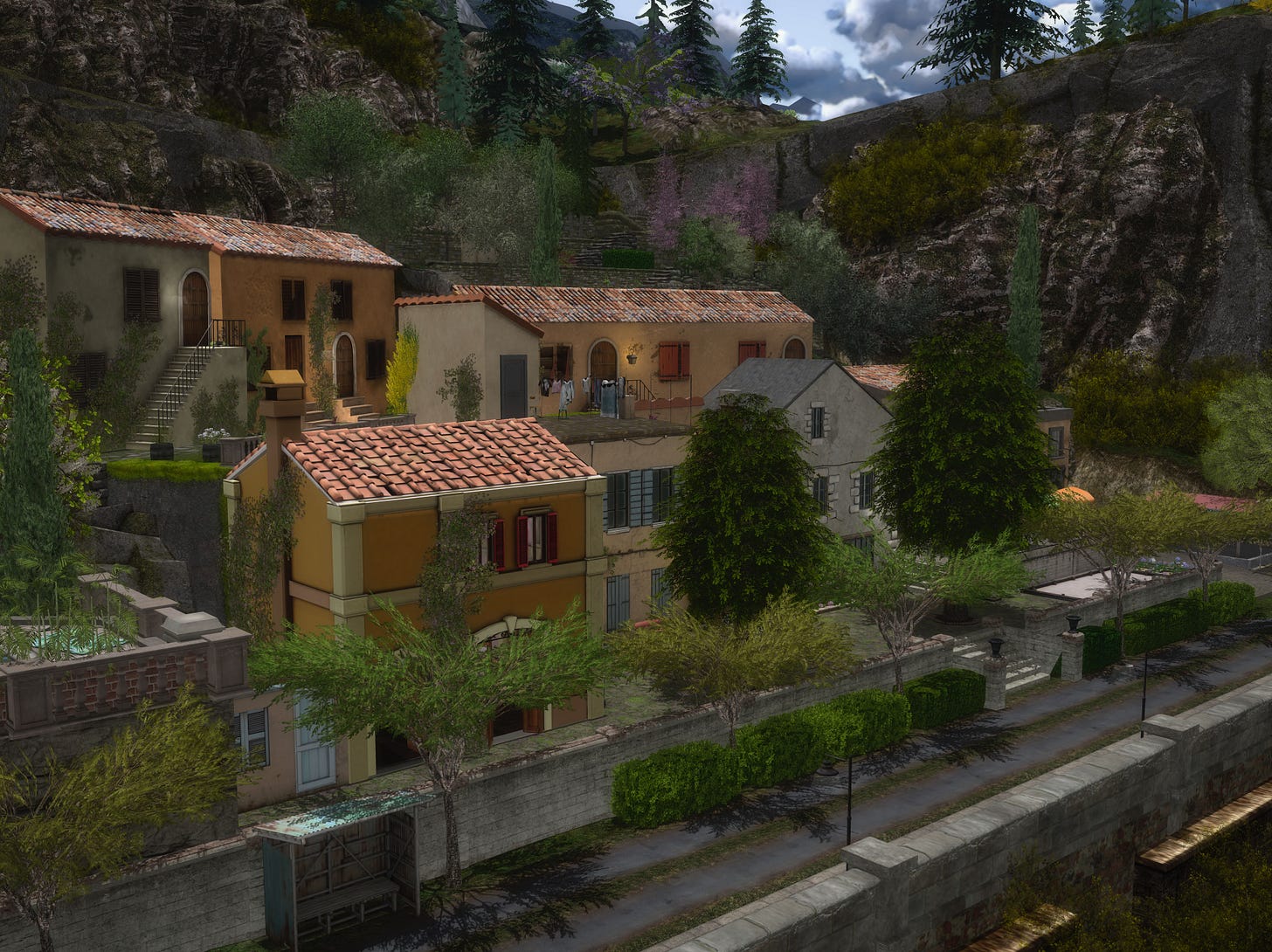What Is Virtual Reality (VR) & Augmented Reality (AR)?
A Short Intro to VR & AR
Image Copyright © 2022 If-What-If. All Rights Reserved. Photographer: Poko - Flickr
This series of articles mentions topics valid for research, data, theories, and technology. It is not comprehensive. A detailed scope of VR/AR would take a full-length book and then some.
Virtual Reality and Augmented Reality are two different areas currently converging. They are part of the same theories, applications, and sciences — however, each can and should be approached on its own merits.
The subject intersects with various areas of AI.
The subject covers theory, technology, data, finance, psychology, ethics, philosophy, and almost any area of human endeavor. Virtual Reality is “reality” and thus will reflect reality as we know it, albeit with changes.
Gaming, specifically RPGs and MMOs, is part of the VR/AR world.
Technology:
Virtual Reality (VR)
VR — Much of this technology exists within Role-Playing Games (RPG) and Massively Multiplayer Online Role-Playing Games (MMORPG or MMO). However, even here, there are varying technologies used by each system. MMOs concentrate on the user experience within a predefined world, no matter how big it may be. RPGs allow users to build their own experience requiring interaction with the user, known as an “avatar.” For instance, in almost all RPGs based on Second Life, OpenSim and others, there is a programming (scripting) language, a creation method for everything from building to clothing to dancing to animations. This requires a scripting language system and the ability to incorporate proper programming results within the technology stack elements. It also involves back-end technologies that can handle the massive amount of graphics, programming, and front-end and back-end systems.
Augmented Reality (AR)
AR — Refers to the tools we use to process a VR environment (or even our reality) with allowances in a 3D environment. These tools may be special glasses and sound devices, which allow the user to be “immersed” within the environment. This is also known as “immersive technology” or an “immersive environment.” It takes VR into an area where the user is in an actual 3D world. This point is critical to understand when dealing with psychology and its ramifications within this technology. (Albeit, an RPG without AR also has some fascinating psychological ramifications.)
An important distinction here: we do not only use AR in VR. It is utilized within our own normal reality to augment our view. The applications of AR are numerous, and in the medical and automotive industry, it is already implemented.
There is VR in a 2D or semi-3D environment within RPGs. One can experience this with tools like Second Life (SL) and the Metaverse. While SL does not yet offer a 3D experience or AR (and its first attempt to do so with “Sansar” ended in dismal failure), the Metaverse will combine an RPG with an MMO, including the ability to create, build and sell content while adding AR implementation.
In summary, AR requires the creation of a VR so that it can operate within the parameters of that VR. (It can also be used without a VR, but we are discussing the VR/AR integration.) VR alone needs only a computer with an excellent graphics card and connection. The statistics generated from the user hardware are measured constantly. However, the principal factor in allowing for a decent user experience is the “Frames-Per-Second” (FPS) rate. AR turns VR into an “immersive” experience where the user is surrounded by a distinct reality. These distinctions are critical for understanding the new worlds of VR being created.
You can find If-What-If online on the Facebook If-What-if Group, Medium, and LinkedIn.
#ai #innovation #disruption #virtualreality #augmentedreality #metaverse #gaming #rpg #programming #building #animation



Virtual reality is in its early stages, but there are already many virtual reality developers.
The first step in the development process is to create a prototype. This prototype can be created using Unity or Unreal Engine. Developers https://iwanta.tech/outsourcing/ then use this prototype to present their idea to investors.
Some developers also create content for VR games and apps, while others specialize in creating VR headsets or other hardware accessories.